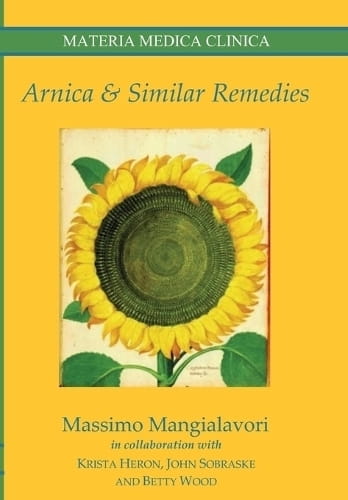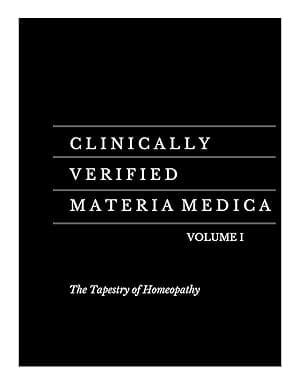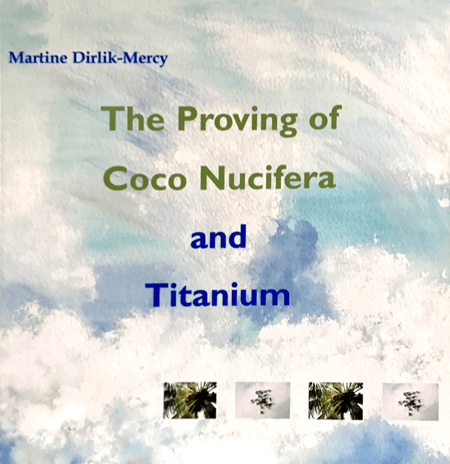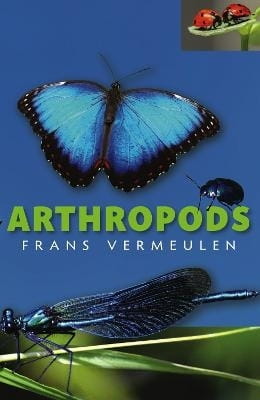New Books in Stock
July Offers
With customers in 66 countries, we offer a huge range of quality books on homeopathy and complimentary medicine at great value prices from our online bookstore. Order online or contact us now.
-
Contact Us
-
Blog
Catch up with the latest news at The Homeopathic Book Company and the wider homeopathic community.
-
Sustainability
We are on a journey to play our part in protecting the Planet through a Sustainability Plan for our business.
-
Knowledge Base
-
Newsletter
Sign up for our newsletter to receive our latest updates.
-
Social

.png)















